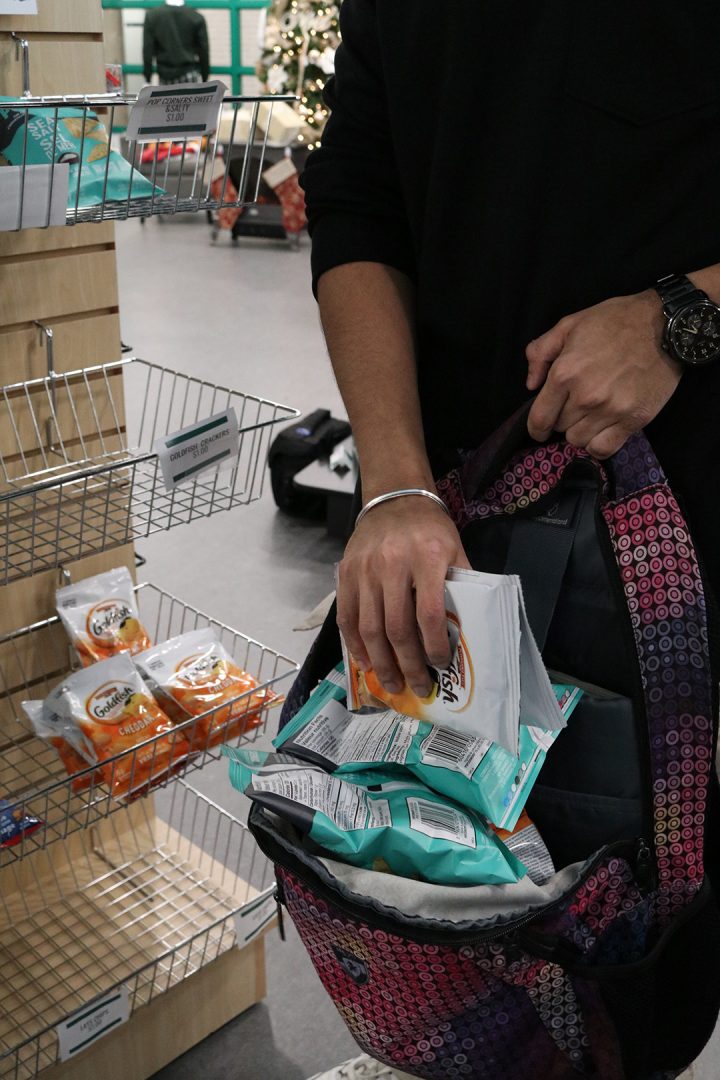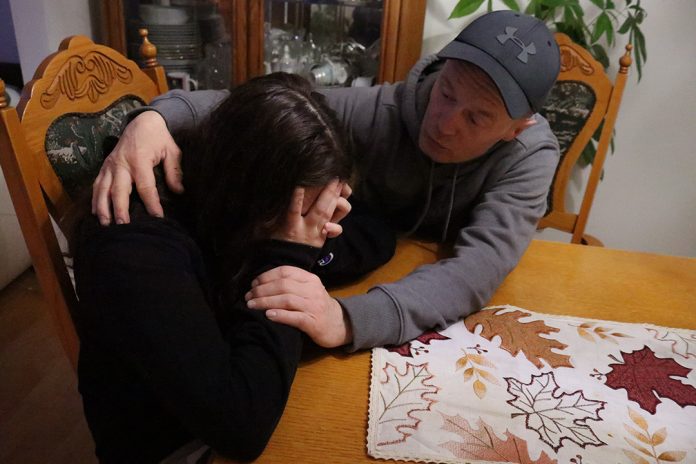“All of us need to be working together to provide youth with the resources that they need so they don’t get involved in crime,” said Jasmyne Julien, founder and director of Revitaled Reintegration Services, a non-profit organization that promotes inclusivity, health and advocacy for marginalized communities.
Julien theorized one of the factors driving youth to commit crime is money.
During her undergraduate years, she recognized how many young individuals in communities swarmed with gangs and violence wanted to feel a sense of respect and belonging. The easiest way to earn it was through money.
“They need money to acquire the things that would give them that ability to be respected, seen and treated with integrity within their neighbourhood,” said Julien.
The youth generation has garnered more attention than in previous years due to an increase in criminal activities, such as the December 2022 swarming and murder of Kenneth Lee, a homeless man in Toronto. Another case involved four teens, two 18-year-olds and two 13-year-olds were arrested for stealing alcohol from an LCBO on 400 Gibb St. in Oshawa.
Canada’s youth crime severity index value, which includes violent violations uttering threats, criminal harassment, and forced confinement, increased to almost seven per cent since 2022.

According to a 2024 report, published by the Department of Justice Canada, in 2022, police-reported youth crime increased by 18 per cent compared to the previous year.
As the younger generation continues to display signs of becoming more involved in criminal conduct, communities are adamant about determining what measures must be taken to address the growing issue.
Norma Nicholson, a retired nurse with bachelor’s degrees in psychology and sociology, does volunteer work with the Associated Youth Services of Peel (AYSP). They provide restorative justice and diversion programs for youth who are given the choice by police to arrange meetings with case workers to discuss what support systems would help prevent them from repeating offences.
Nicholson said it is important to understand the driving force behind the youth’s actions.
“You need to first look at the developmental stages of young people,” said Nicholson, who added that when youth get involved with the justice system, potential trauma, undiagnosed mental illness and behavioural challenges are often left unaddressed.
Nicholson pointed out how having mentorships and goals can be pivotal in changing someone’s character and said a lack of a proper connection can leave them defenceless.
Julien, who has a BA in criminology, said a lack of leadership can make youth vulnerable.
“I think the absence of mentorship is where a lot of older people who are involved in criminal activity [see] an opportunity for them to come in and influence,” said Julien.
Both Julien and Nicholson agree that in many youth criminal cases, young teens who commit offences grow up in less-than-ideal environments with little to no support. As a result, they seek support from the first people who offer it, which can sometimes be from people with ulterior motives.
“If I’m out there, I don’t have a goal. I have no support and someone comes along and says, I can provide you with everything that you need, I’m going to come along with you because I’m not getting that at home,” said Nicholson.
Kids who struggle to find a connection with someone are more at risk of being taken advantage of by gangs and people who are already criminally active.
There have been many cases where young people were pressured to act in unlawful ways by their peers and friends.
“We got a call from Durham Region Police Services where two young gentlemen have been bullied into stealing items from a local department store,” said Randy Gill, president and founder of the organization Their Opportunity, a national organization that helps youth develop skills by subsidizing sport and encouraging volunteerism through Give Back program.
Gill recalled the teens were pressured to go through with the robbery or they and their families would face consequences.
The two boys were introduced to Their Opportunity and given the chance to do community service instead of jail time.
“They wanted to do a graffiti removal project … and before we knew [it], we had a whole high school involved,” said Gill.
The effort the students put in helped raise enough money to create their high school’s first diversity and inclusion program.
“It was pretty spectacular, just this whole process of giving kids the opportunity can change the trajectory of their lives and be a real inspiration to others,” said Gill.
Giving the youth community a good support system with people who actively want to help them succeed can help build confidence and create the sense of belonging they felt initially lacking.
“We need to support them with literacy. We need to help parents become more involved with their children,” Nicholson urged.
Something as small as listening to their story and working with them to actively improve their self-image can create a life-changing impact.
“ To provide good support for youth so that they don’t get involved or re-offend, it’s an effort that’s going to be required by all systems that youth come in contact with,” said Julien.
Julien said adding more communities in places where youth crime rates are higher and have a different approach to providing youth with programs so the justice system could shift its focus on prioritizing the ones who need it and keep youth from getting into criminal involvement.




